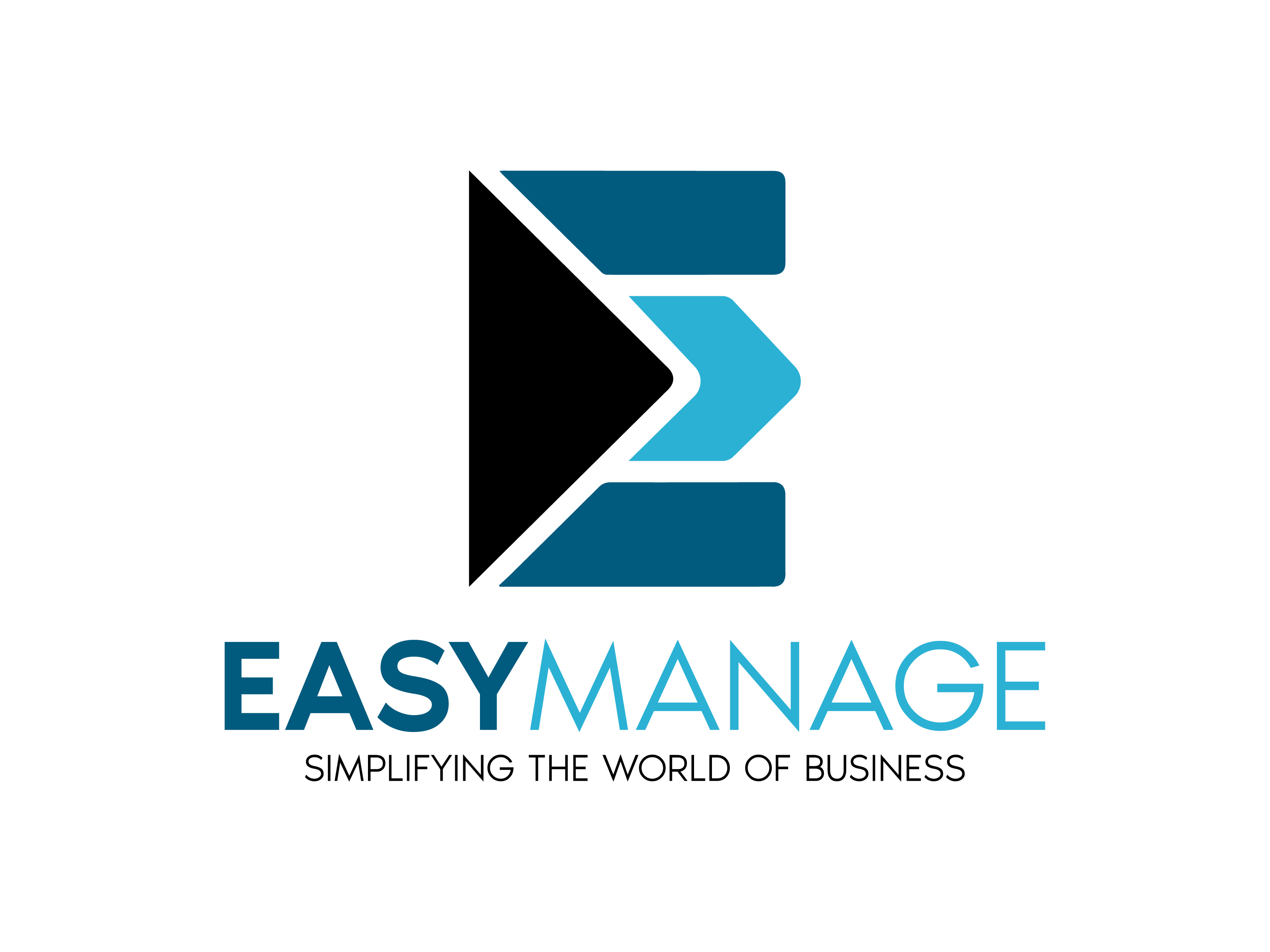Agentic AI Stack
The tech stack for AI agentic workflow development consists of layers with key components that enable developers to build, deploy, and manage agentic AI solutions.
Presented here is brief on Core Components and Key Technologies.
Agentic AI Tech Stack Layers
| Layer | Purpose | Key Technologies | Example Frameworks/Tools |
|---|---|---|---|
| Model Layer | Models that power AI capabilities | Large Language Models (LLMs) | OpenAI's GPT models, Anthropic's Claude, open-source models e.g. Ollama. |
| Memory/Context Layer | Manages memory for context awareness and learning from history. | Vector Databases | PostgreSQL pgvector |
| Action/Tool Layer | Enables agents to interact with external systems, MCP Tools, APIs, and data sources. | MCP Tools | Spring AI MCP |
| APIs: REST, GraphQL | Spring Boot - REST, GraphQL | ||
| Zero Copy Data | |||
| Orchestration Layer | Bring all components together, manage workflows and agents. | Agentic AI Building Frameworks | Spring AI |
| Observability & Governance | For monitoring, ensuring safety & compliance. | Frameworks | Spring Observability & Governance Tools |
| Infrastructure/Deployment | For running and scaling the agents. | Cloud Platforms: Any. | Containerization: Docker, Kubernetes. |
How EasyManage Fits in Agentic AI Stack
- When building Agentic AI solutions using EasyManage, see How EasyManage helps in Agentic AI Stack.
- EasyManage AI : For No-Code building Agentic AI, MCP Servers.
- EasyManage No-Code : For No-Code buiding Backend REST, GraphQL.
| Layer | Key Technologies | EasyManage Tool | How EasyManage Fits |
|---|---|---|---|
| Model Layer | Large Language Models (LLMs) | EasyManage AI | Use Any Model, Can Mix LLMs in agentic workflows. |
| Memory/Context Layer | Vector Databases | EasyManage AI | Pre-Configured for using PostgreSQL pgvector |
| Action/Tool Layer | MCP Tools | EasyManage AI | Build MCP Tools for any data. |
| APIs: REST, GraphQL | EasyManage No-Code | Build REST/GraphQL APIs. | |
| Zero Copy Data | EasyManage No-Code | APIs built with zero copy data architecture. | |
| Orchestration Layer | Frameworks: Spring AI | EasyManage AI | Build Agentic AI |
| Observability & Governance | Frameworks: Spring | Integrate and use any tools. | |
| Infrastructure/Deployment | Cloud Platforms Containerization | Use any cloud platform Provided DevOps, Docker scripts |
